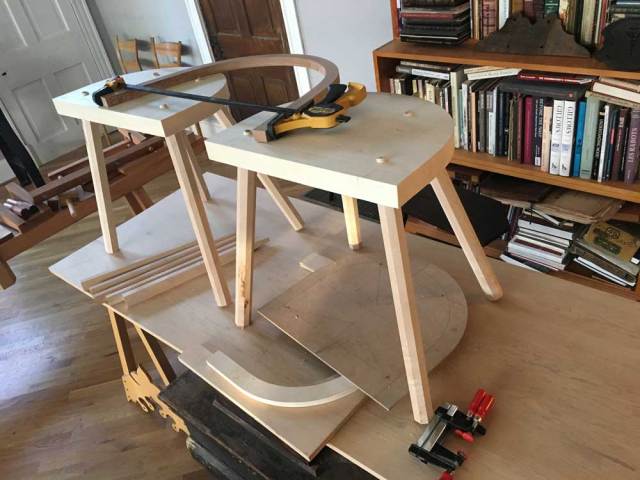
“There is always something solemn about the passing of the Old Year. When we were young and the years were very, very long, each New Year’s Eve was an event, the more enthralling for its rarity, and the year ahead still so closely wrapped in the mists of time was full of enticing mystery, something to be explored, one more step forward in the exciting and rather bewildering process of growing up. Breathlessly we listened to the bells, feeling suddenly a little sad as they tolled out the last moments of the dying year, awed into silence in the hush that followed and all the world seemed to wait. Then the lovely, changing peals ushering in the New, and how they rang, those bells of our youth! Is it fancy or have they lost something of their clamorous zest, or is it we who have changed, we who no longer greet them with the old bright-eyed eagerness? Yet there are few men who will not feel a ghost of the old thrill still knocking at their hearts, that here is once more a new beginning, one more opportunity to be seized, as our ever shortening, speeding years are warning us, and turned to account.
“‘Life wastes itself whilst we are preparing to live,’ Emerson once wrote. To live we have to jerk ourselves into action and convert our pleasant pipe dreams into sober realities. The man who has a creative urge to make things, with the vague feeling that he could if once he got down to it, has determinedly to set his hand to a job. So has the man who can make and mend in a plain, competent fashion, but has a hankering for something more, some finer, more ambitious work. If we set ourselves to do the thing, then the power and ability will grow with the doing. If we only keep on vaguely wishing then life will slide away from us and we shall have lost something that might have given us infinite satisfaction. The plain fact which sometimes we are chary of facing is that no atom of good or satisfaction can come to us than by the work we put into this job of making ourselves. Here we are, men with creative instincts, hidden or only dimly realised potentialities, and until we put ourselves to the task of developing them they will remain for ever dormant. No one but ourselves knows what we can do and we ourselves do not know until we have tried. Often, indeed, we scare ourselves off by over timidity. The only way is to start. Tell ourselves we are no worse than the next man: what he can do we can do, and so we can. For steadily and surely those submerged instincts turn into practical ability as we learn by doing.
“It is extraordinary how opportunities come our way for learning once we have started. There seems to be some hidden law governing it, making us aware of new possibilities, new avenues of interest to be explored while we are pegging away at the job of turning ourselves into first-rate craftsmen. It may be only our new awareness, making us see and seize the opportunities, and yet it seems more than that. As if, like the man in the parable, when a man buried his talent he loses even the little he has but, using it, not only is it increased a hundredfold by his own enterprise but more is added unto him, sometimes much more.
“In my time I have made many good resolutions on New Year’s Eve and broken them all. Now, after the passage of the years, there is only one I would make, and that is more a prayer than a resolution. It is for the gift of perseverance. Whatever kind of job of creative living to which we have each put our hands, as good craftsmen, homemakers, as men of integrity and faith and good hopes let us persevere in it, putting our best into it, keeping our interest and enthusiasm alive by the study of good work whenever we can find it and setting our standards by that alone. There are so many things which conspire to turn us aside from the path we want to follow, fascinating things, distracting things, like television, the importunities of our friends, and our own moods and difficulties. We are each of us assailed from this side and that with ever possible temptation to take the easy way and to content ourselves with the minimum necessary effort. But there is not much satisfaction to be got in the long run out of living like that. ‘A man,’ says Emerson, ‘is relieved and gay when has put his heart into his work and done his best: but what he has said or done otherwise shall give him no peace. It is a deliverance which does not deliver.’ Haven’t we all experienced it? The nagging uneasiness which follows an imperfect or hastily finished job, the blemish which will always catch our own eye if others do not notice, on the other hand the glow of satisfaction when we know our work is good. Those are the moments which are worth living for – the moments which pave the way to solid achievement.”
– Charles Hayward, The Woodworker magazine, January, 1953











